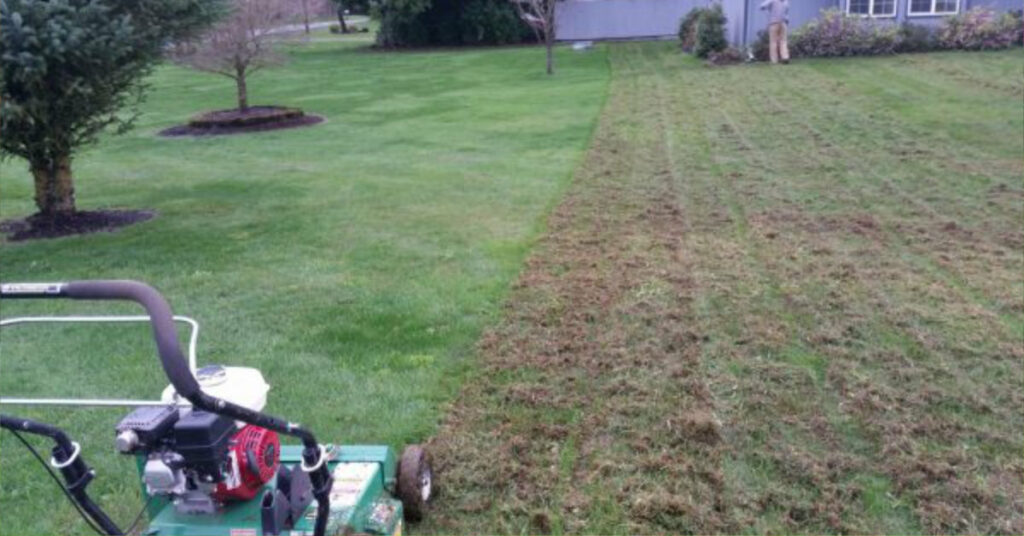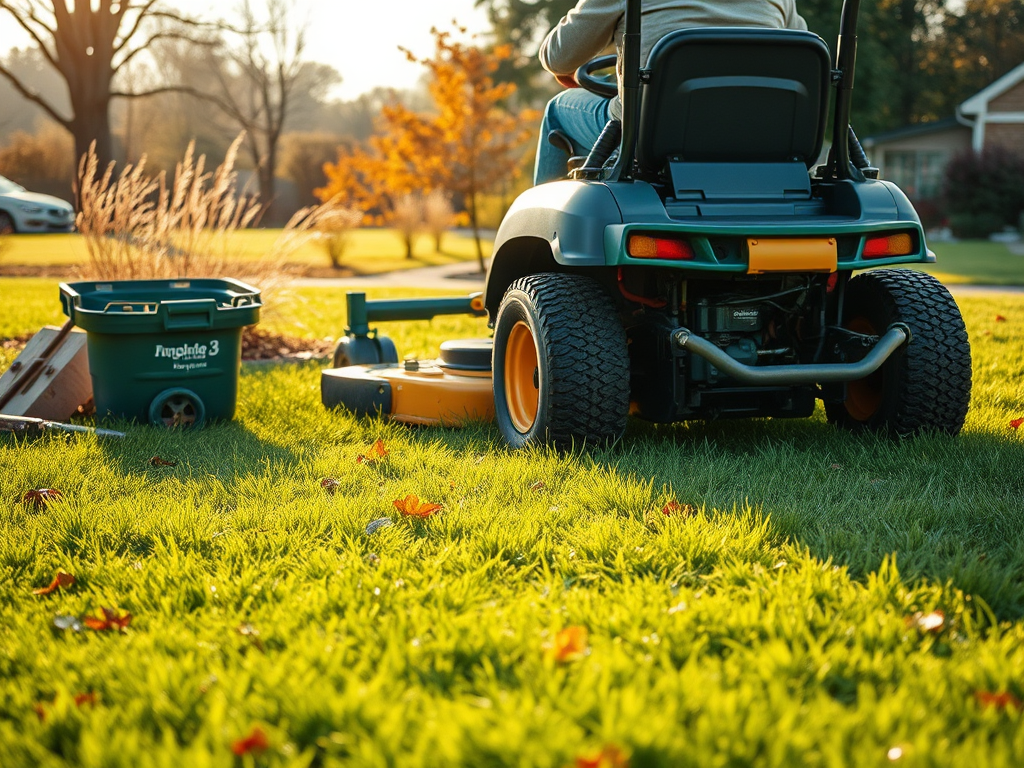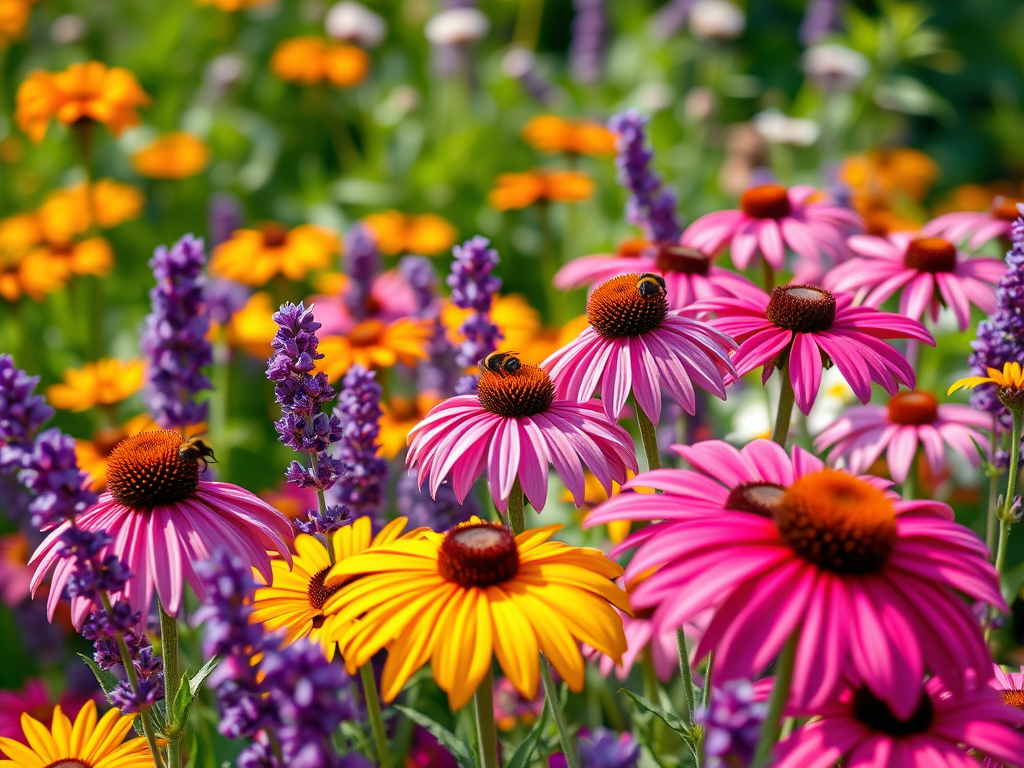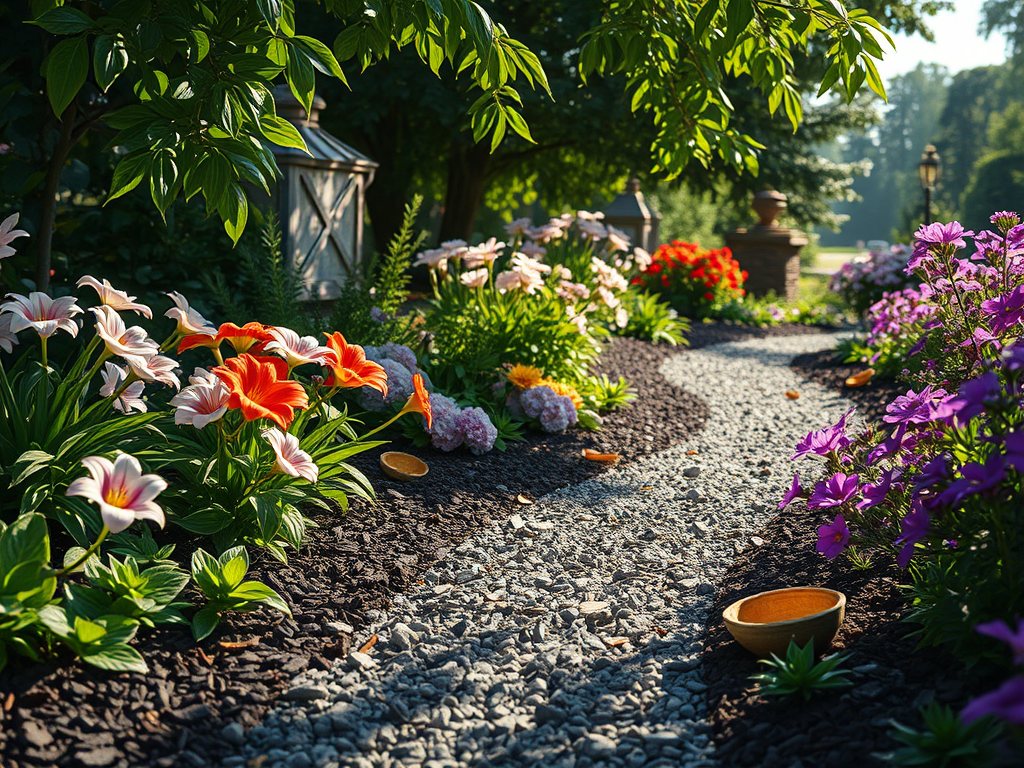Today, we’re going to take a look into the secrets of achieving that lush, envy-inducing carpet of green in your yard. Turns out, it’s not all about water—and thank goodness for that! There are three key things you can do early in the season to set your lawn up for success throughout the rest of the year.
We’re talking about the dynamic trio of lawn care: aeration, dethatching, and spring fertilizer. These three amigos might sound like a mouthful, but in the long run, they’re the backbone of a healthy, vibrant lawn. So, let’s get down to business!
First up, let’s talk about aeration. Did you know, your lawn a living, organism—a network that’s tied together in intricate ways. Just like you and I, it needs to breathe. But with all the foot traffic, lawn mowers, and natural compaction over time, your grass’s roots can get suffocated, leading to dieback, weak turf, and patchy lawns. Kinda like what happens if you cut off the circulation to a part of your body—eventually, it’ll whither away.
That’s where aeration comes in. By poking small holes into the soil, aeration allows oxygen, water, and nutrients to penetrate deep down to the grass’ roots. This promotes healthier root growth and improves overall turf resilience.
Now, you might be wondering when the best time to aerate is. It turns out, timing is key! Spring and fall are prime seasons for aeration. Why, you ask? Picture your lawn as a cozy bed: in spring, it’s just waking up from its winter slumber, ready to stretch its roots and soak up the sunshine. By aerating in spring, you give your grass a head start, setting the stage for a season of robust growth. Aeration in the fall allows the moisture and nutrients to reach the roots of your turf just before it goes dormant for the winter—similar to a hibernating animal stocking up so it can sleep through the colder months and survive to see a new year. Just make sure you don’t aerate when the ground is too soft and wet—otherwise you’ll tear up the lawn and create a massive mess, rather than aiding in your lawn’s overall health.
Next on our list is dethatching (also known by some as power raking). Think of thatch as the clutter clogging up your lawn’s living room. It’s a layer of dead grass, roots, and other organic matter that builds up over time, suffocating your turf and preventing water and nutrients from reaching the soil. Enter dethatching, the Marie Kondo of lawn care. By removing thatch, you declutter your lawn and create a clean slate for new growth. It may leave parts of your lawn looking thin, but by allowing the air and nutrients to permeate, and giving the new grass space to grow in, you’ll be sure to see the improvement as soon as growth really takes off.
So, when’s the best time to dethatch? Spring is, once again, your golden opportunity. As temperatures rise and your grass gears up for its initial yearly growth spurt, dethatching becomes an essential part of prepping your lawn for success. Plus, tackling thatch in spring means you’re clearing the runway for those freshly aerated roots to take off and thrive. Be sure to take the time to test the depth of your dethatcher’s flail before plowing across the lawn, though—set it too shallow, and you’ll be ineffective. Set it too deep, and you’ll be rototilling your lawn, rather than simply pulling out the thatch.
Thirdly, let’s talk fertilizer. Picture fertilizer as your lawn’s version of a hearty breakfast—it provides the essential nutrients your grass needs to kickstart its growth spurt. In spring, your turf is hungry for nitrogen, phosphorus, and potassium—the holy trinity of lawn nutrition. By feeding your lawn with a spring fertilizer rich in these nutrients, you’re giving it the fuel it needs to flourish.
But here’s the catch: timing is crucial when it comes to fertilizing. Spring is the sweet spot when your grass is waking up from its winter nap and gearing up for a season of vigorous growth. By applying fertilizer in early spring, you’re delivering a nutrient-packed punch right when your lawn needs it most. This sets the stage for lush, green growth that will make your neighbors green with envy. Make sure to apply the fertilizer evenly, or you’ll find that some areas of your lawn will green up faster and lusher than others—leading to a patchy look. Also avoid spilling fertilizer or applying it too heavily—excessive nitrogen will cause your lawn to “burn”, and it can take extensive remediation to bring that patch of turf back to life (think about the spots your dog leaves when they pee—it’s the same issue! Too much nitrogen!). If a spill does occur, immediately flush & rinse the area heavily with water to disperse the fertilizer—you may be able to avoid an ugly mistake!
Now, you might be wondering how these three—aeration, dethatching, and spring fertilizer—work together to create their magic and bring back beautiful to your lawn. In the end, it’s all about synergy. Think of it like this: aeration opens up the soil, dethatching clears away the clutter, and spring fertilizer provides the nutrients your grass needs to thrive. It’s a tag team effort that sets your lawn up for success, ensuring it has everything it needs to reach its full potential.
By giving your turf the TLC it deserves and timing your efforts just right, you’ll be well on your way to a lawn that’s the envy of the neighborhood. So, grab your tools, roll up your sleeves, and let’s get to work—your lawn will thank you for it!
Feel free to reach out to us if you have any questions about this, or any of our other blog posts. We always love to talk, educate, and work together to bring back beautiful to your yard!




